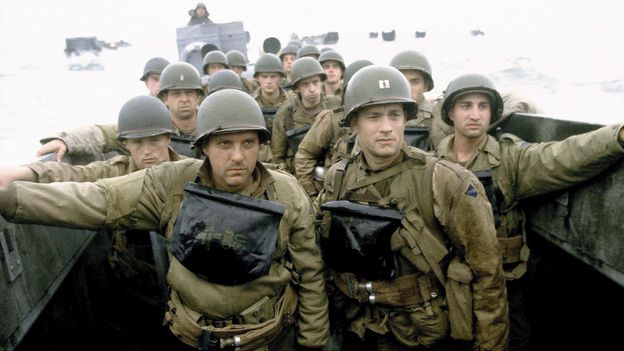
How Saving Private Ryan's D-Day sequence changed the way we see war
BBCHow Saving Private Ryan's D-Day sequence changed the way we see war Alamy Today marks 80 years since the momentous World War Two Allied operation – and back in 1998, Steven Spielberg's brutally immersive depiction of what happened left an indelible mark on cinema history, and the world. But no film has shaped the popular imagination of D-Day as thoroughly as Steven Spielberg's 1998 masterpiece, Saving Private Ryan. Janet Maslin's review in The New York Times proclaimed Saving Private Ryan to be "the finest war movie of our time", while Roger Ebert said the action was "as graphic as any war footage I've ever seen". Ideologically, it seems to be part of a project in American cinema to reclaim WWII around 50 years after the event as 'the good war' – James Chapman While Miller and his squad initially grumble about the absurdity of their mission, risking their eight lives to save one man, they eventually come to realise, in the words of Tom Sizemore's Sergeant Horvath, "someday we might look back on this and decide that Saving Private Ryan was the one decent thing we were able to pull out of this whole god-awful, shitty mess".